A Beginners guide to Ich Disease in Aquarium Fish
If you’ve ever noticed tiny white grains on your fish that look like salt or sugar crystals, chances are you’ve come across Ichthyophthirius multifiliis — better known as ich or white spot disease. For beginners, seeing this for the first time can feel like failure. But here’s the truth: almost every aquarist, even experienced ones, will face ich at some point. The good news? With the right approach, ich is treatable, preventable, and not a reason to give up on your aquarium dream.
This guide will walk you through how to spot ich early, understand what causes it, how to treat it safely, and how to avoid the common mistakes that make it worse.
What Exactly Is Ich?
Ich is caused by a microscopic parasite that burrows into the skin and gills of aquarium fish. It irritates the fish, weakens their immune system, and—if left untreated—can be fatal. But because it has a predictable life cycle, aquarists have reliable ways to stop it.
The parasite moves through three stages:
- On the fish – White cysts form, visible as spots.
- In the substrate – The cysts fall off the fish and multiply.
- Free-swimming – Hundreds of new parasites hatch and swim in search of a host.
The key thing to know: treatments only work in the free-swimming stage. That’s why ich doesn’t vanish overnight—you have to catch the parasite when it’s vulnerable.
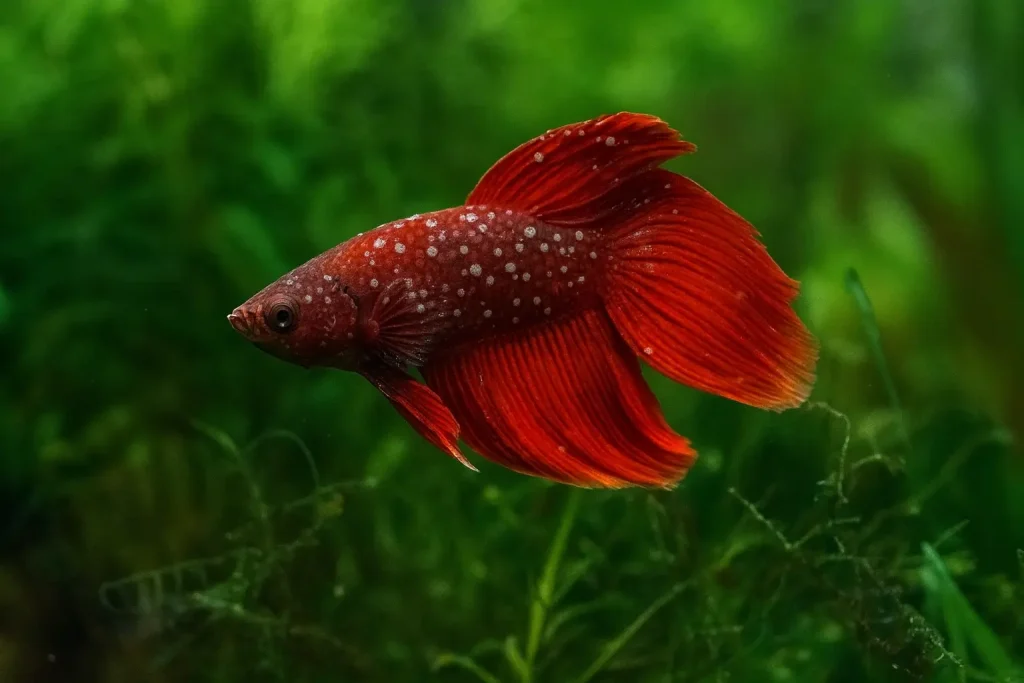
How to Spot Ich Early
The earlier you notice ich, the easier it is to treat. Keep an eye out for these beginner-friendly signs:
- Tiny white dots on fins, gills, or body (like salt sprinkles).
- Rubbing or scratching against rocks, plants, or decor.
- Rapid breathing or gasping near the surface.
- Clamped fins (held tightly against the body).
- Lethargy (resting at the bottom, less swimming).
- Loss of appetite in later stages.
Many new fishkeepers mistake ich for fungus or leftover food. But if you see evenly sized white spots across the fish, assume ich until proven otherwise.
What Causes Ich?
Ich almost always comes from introducing a new fish, plant, or piece of décor without quarantine. The parasite can hitchhike invisibly into your tank. Stress then gives it the opportunity to bloom.
Common causes include:
- Adding fish from a stressed or poorly maintained pet store tank.
- Sudden temperature drops or unstable water parameters.
- Overcrowding, which increases stress and spreads disease quickly.
- Skipping quarantines before introducing new fish.
Think of ich as the “common cold” of aquariums — it appears when fish are stressed, and spreads rapidly in close quarters.
Which Fish Are Most Prone to Ich?
While any freshwater fish can get ich, some species are more sensitive:
- Tetras (Neon, Cardinal, Ember) – their small size and delicate immune systems make them vulnerable.
- Corydoras catfish – bottom dwellers that often show gill irritation first.
- Guppies, Mollies, Platies, Swordtails – hardy fish, but stress makes them easy targets.
- Angelfish and Gouramis – their long fins often show spots quickly.
- Loaches (like Clown Loaches) – especially sensitive and harder to treat with certain medications.
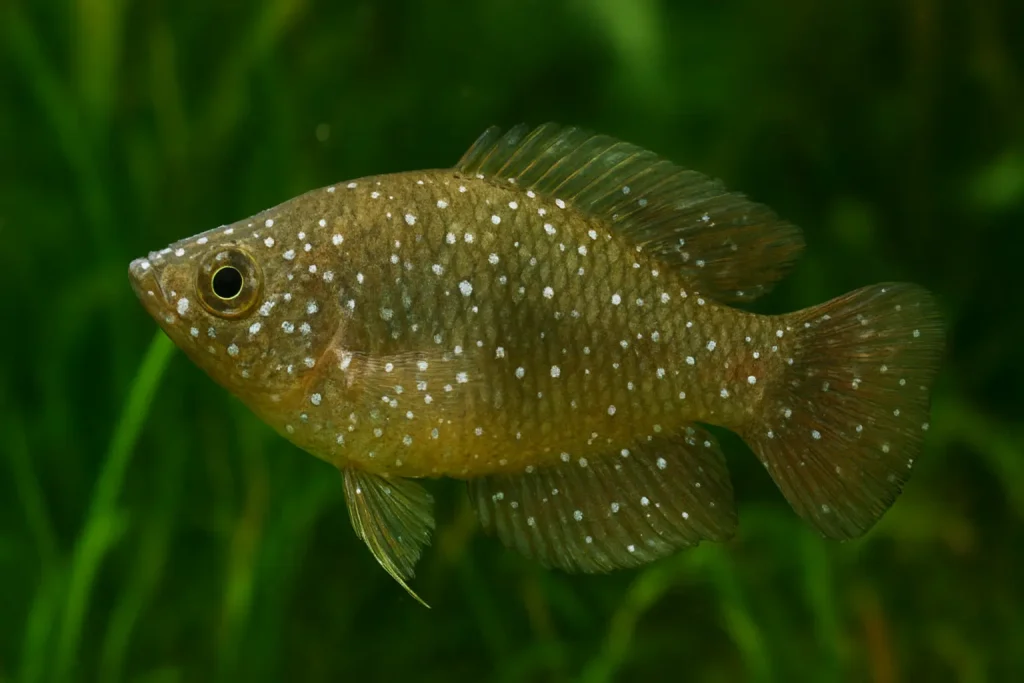
How to Heal Ich
Here’s the truth: ich can be beaten if you act consistently. You have two main approaches: medication and gentle natural methods.
1. Medication Treatments
The fastest and most reliable way to cure ich is with aquarium medications. Look for treatments containing malachite green, copper sulfate, or formalin . First you need to remove carbon filters before dosing, since carbon removes medication from water. Then follow the instructions carefully as overdosing harms fish. Treat for at least one full parasite cycle which is usually 7–14 days).
API Super Ick Cure
This brand is widely available in chain pet stores (Petco, Petsmart, Amazon). It uses malachite green + formalin. This medication is beginner-friendly, clear dosing instructions.
Seachem ParaGuard
Having a bottle of this in your aquarium troubleshooting kit is convenient as its a versatile treatment for ich, external parasites, fungus, and mild bacterial issues. This product is also less harsh than copper-based meds, safe for many community tanks.
Hikari Ich-X
This a product which is very popular with aquascapers and shrimp-keepers. Hikari Ich-X uses malachite green + formaldehyde but in a gentler, controlled formulation. It is effective and safer for scaleless fish (like corydoras and loaches) compared to stronger copper meds.
Fritz Mardel Coppersafe
This is a long-term copper-based treatment. It is very effective against stubborn ich. A word of warning though, this product can be harsh on sensitive fish (scaleless fish, shrimp, snails). Use only if you’ve researched copper sensitivity in your tank.
Kordon Rid-Ich Plus
This is a classic ich treatment which has been available for decades. It includes a Malachite green + formalin combo which is highly effective. One of the best choices if you have a larger community tank.
2. Natural Remedies
If you prefer a gentler route or if you’re treating sensitive species, natural remedies can also work:
- Heat treatment: Slowly raise the tank temperature to 82–86°F (28–30°C) for 10–14 days. This speeds up the parasite’s life cycle so it hits the vulnerable stage faster. Always increase temperature gradually to avoid shocking your fish.
- Aquarium salt: Adding aquarium salt (not table salt) at 1 tablespoon per 5 gallons can help fish heal and reduce parasite stress. Be cautious with scaleless fish like corydoras or loaches.
- Frequent water changes: Daily partial changes (20–30%) help keep water clean, remove free parasites, and boost fish recovery.
These methods are slower than medication but work well in mild outbreaks.
Supporting Your Fish During Treatment
Healing ich isn’t just about killing the parasite. It’s mainly about reducing stress so your fish’s immune system can fight back.
- Dim the lights to reduce stress.
- Add hiding spots with plants, caves, or decorations.
- Keep oxygen high by using air stones or sponge filters.
- Offer nutritious food (frozen brine shrimp, bloodworms, high-quality flakes). Even if fish eat less, good nutrition speeds recovery.
Preventing Ich in the Future
Once you’ve battled ich, you’ll want to avoid going through it again. Prevention is far less stressful than treatment.
- Quarantine new fish in a separate tank for 2–3 weeks before adding them to your main aquarium.
- Check store tanks before buying — avoid fish from tanks with visible sick fish.
- Stabilize water conditions — sudden temperature swings are an ich trigger.
- Avoid overcrowding — more fish = more stress = more disease.
Think of prevention as “stress management” for fish. A stable, calm environment means ich has no opening to strike.
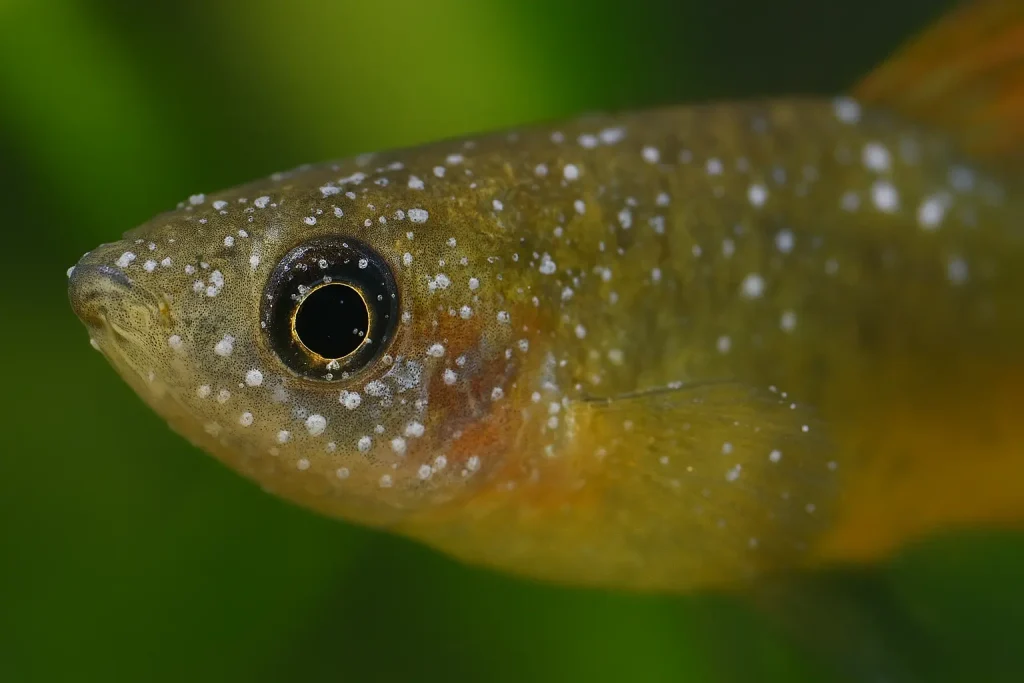
Common Beginner Mistakes
New aquarists often make the same errors when dealing with ich. Here’s what to avoid:
- Stopping treatment too early
Many beginners stop as soon as white spots disappear. But the parasites are still multiplying in the substrate. Always finish the full course. - Overmedicating out of panic
Adding extra doses doesn’t kill ich faster — it only harms your fish. Follow the bottle exactly. - Skipping quarantines
It’s tempting to add new fish immediately. But skipping quarantine is the #1 cause of ich outbreaks. - Confusing ich with other conditions
Fungus, velvet disease, or columnaris may look similar. If treatment isn’t working, get a second opinion.
Ich is one of the most common aquarium problems, but also one of the most fixable. By learning to spot the signs early, keeping your tank stable, and responding calmly, you’ll gain the confidence that you can handle fishkeeping challenges.
If you remember just three things from this guide:
- Quarantine new fish.
- Treat consistently, not desperately.
- Stable water = healthy, happy fish.
That’s really all it takes to beat ich and keep your tank a source of peace instead of stress.
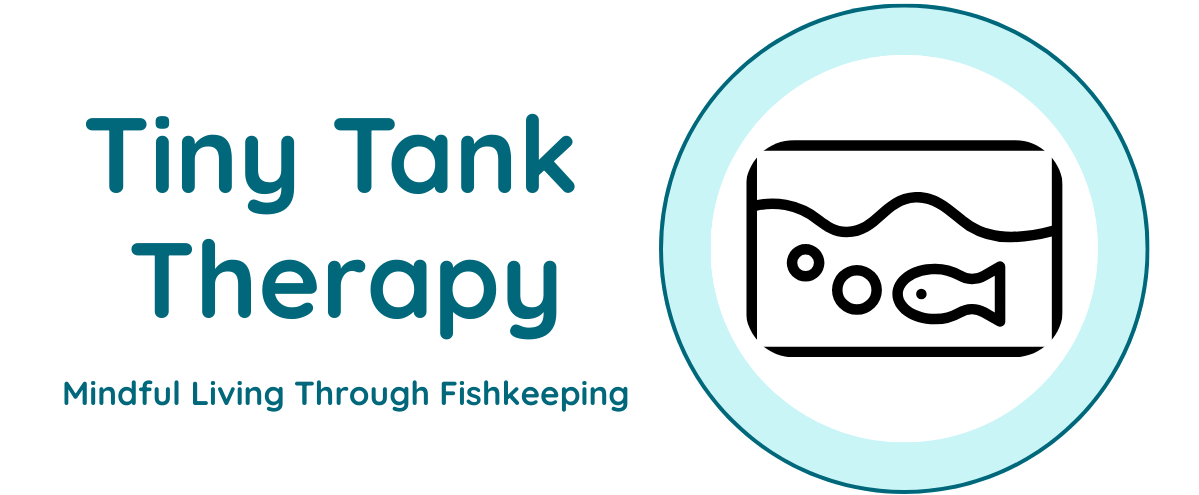
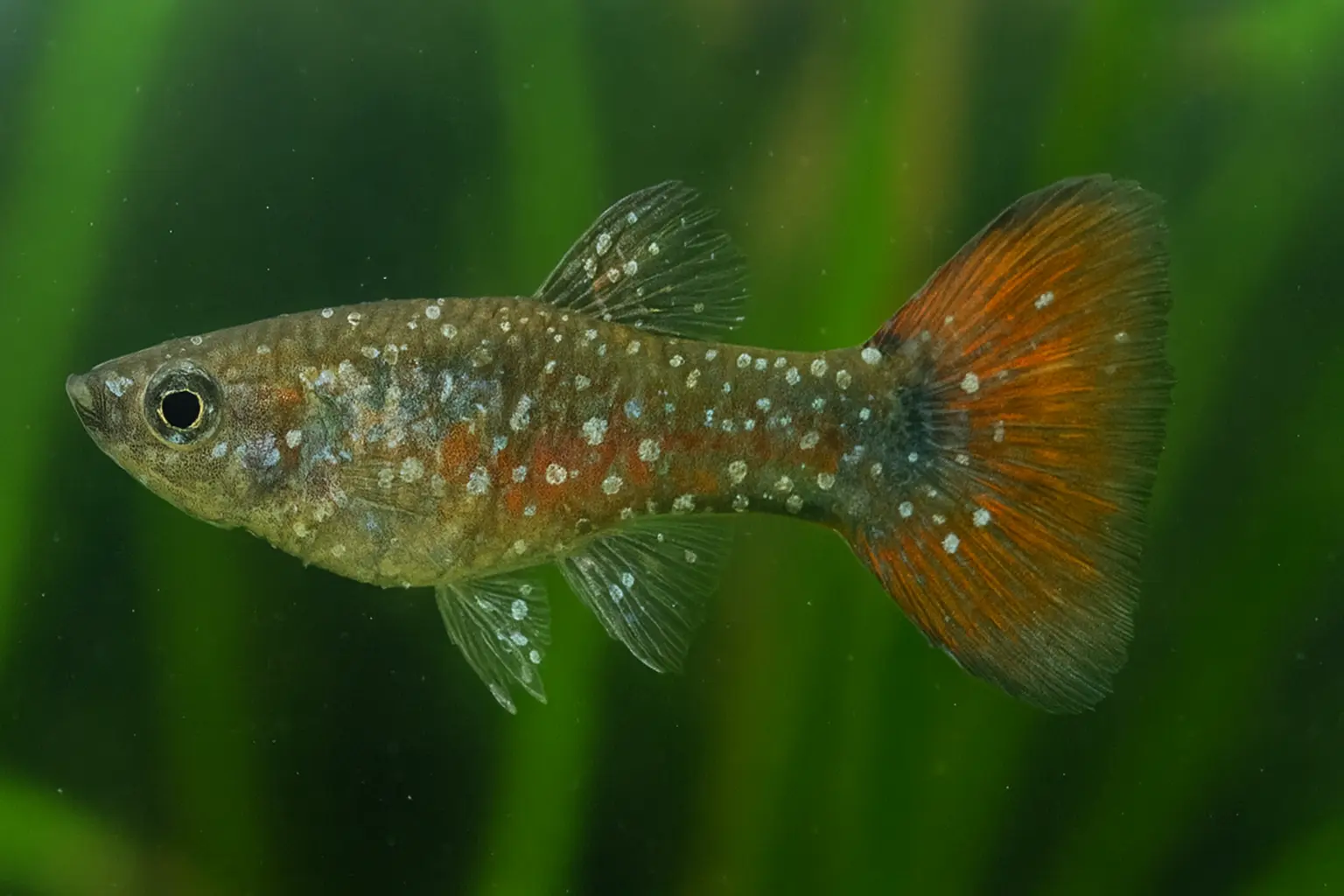
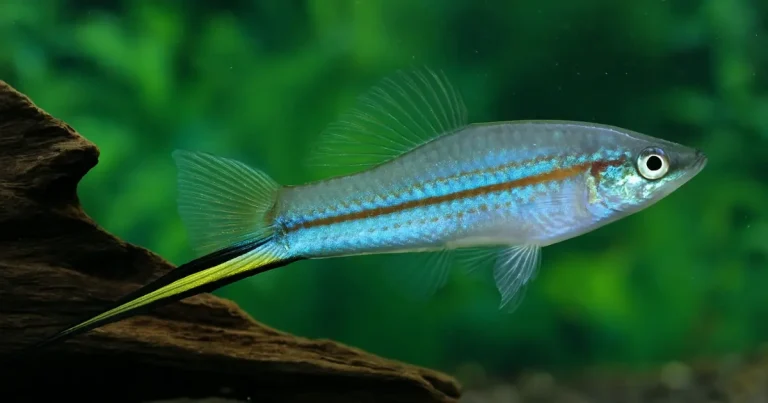
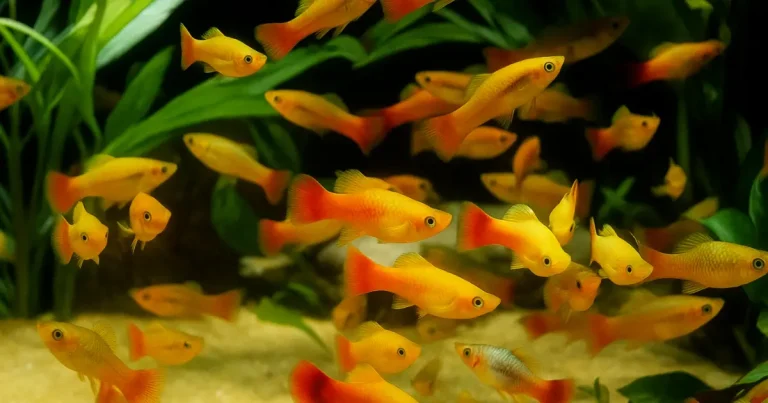
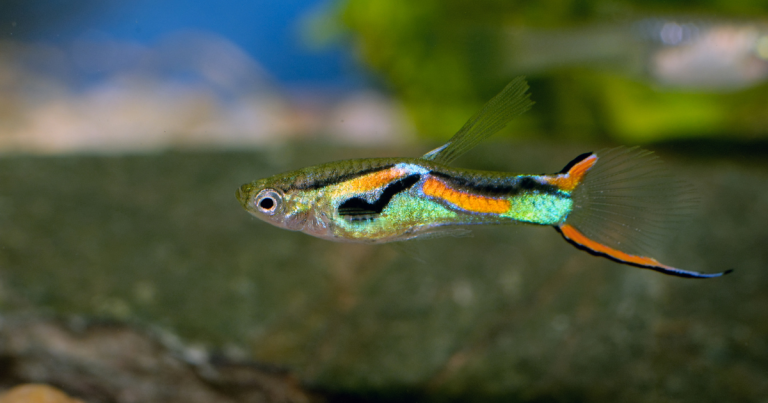
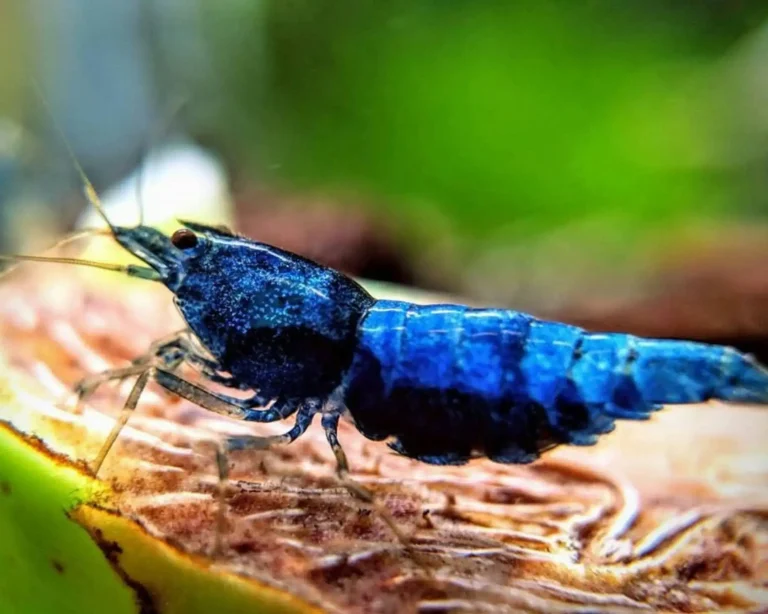
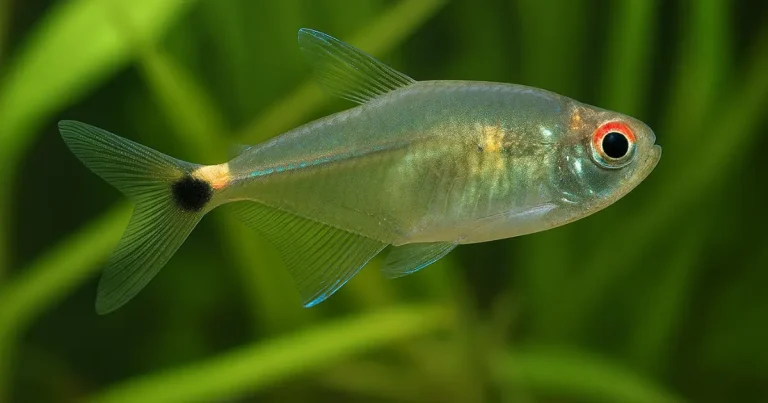
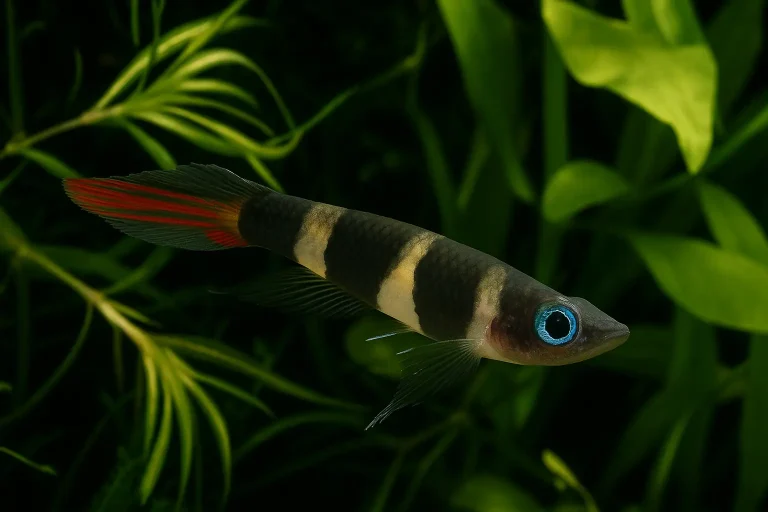
Leave a Reply